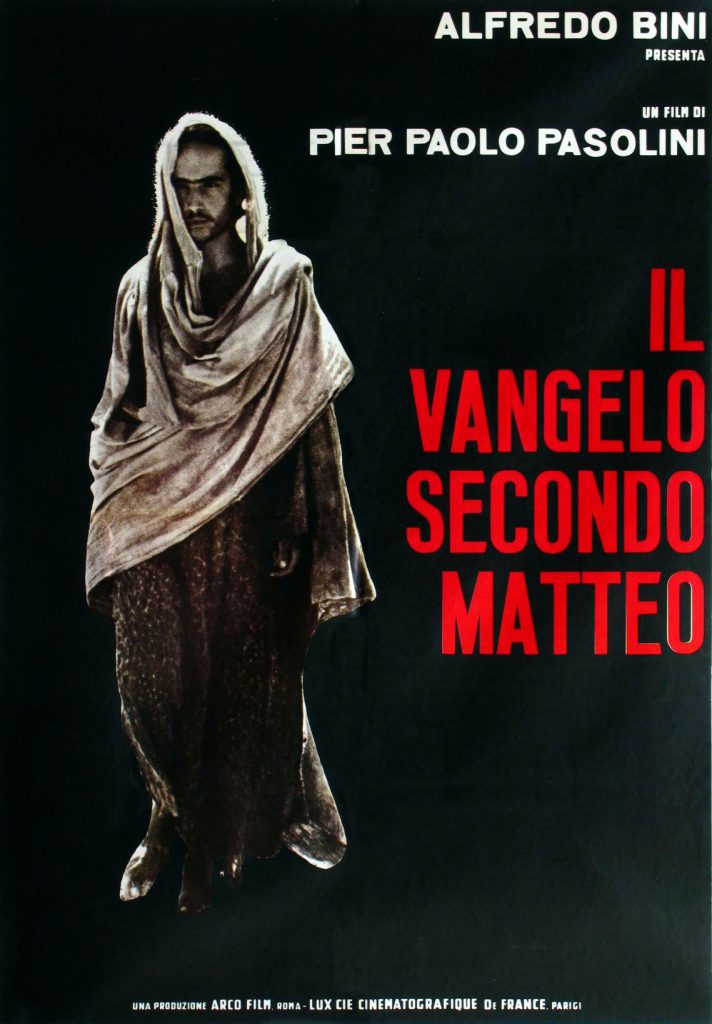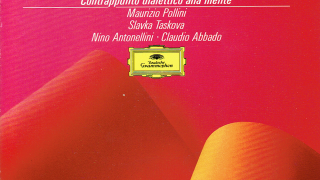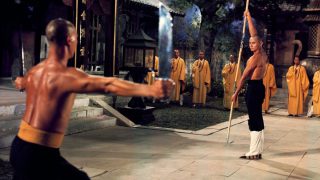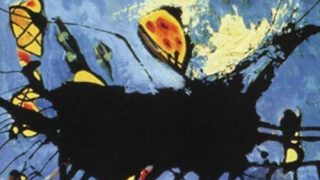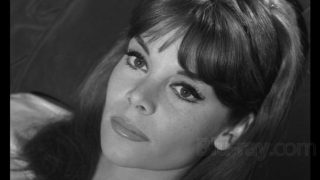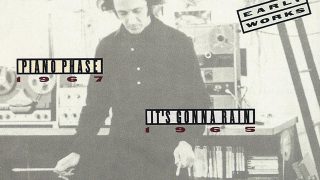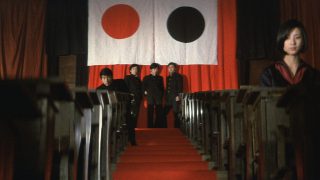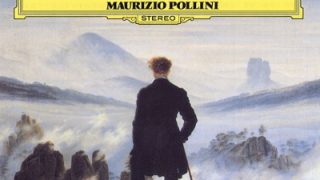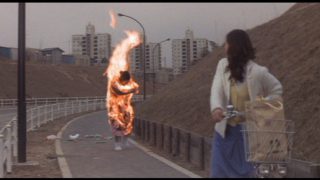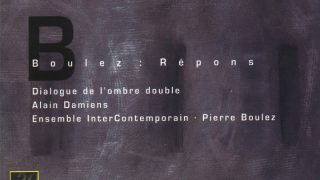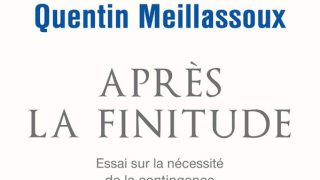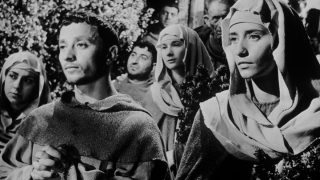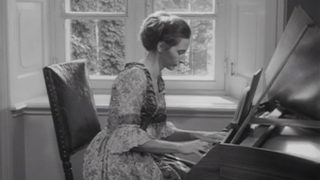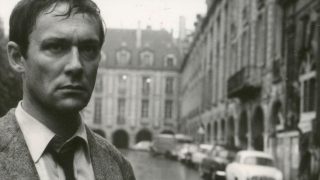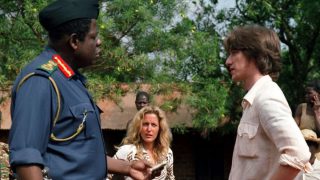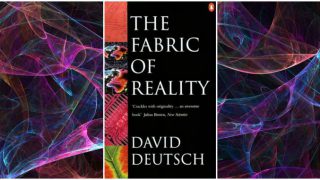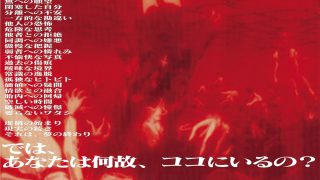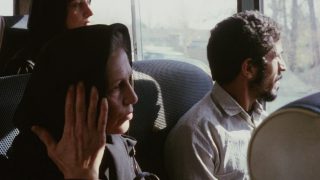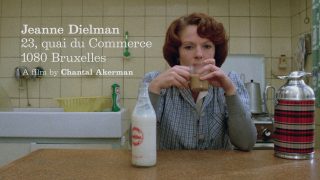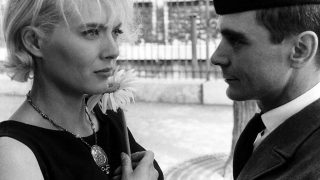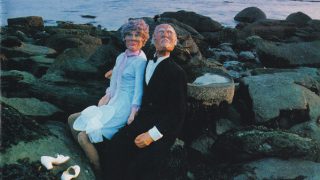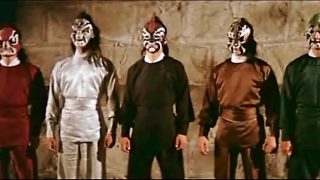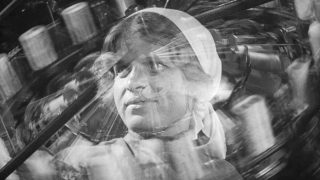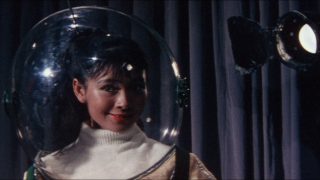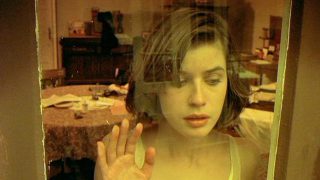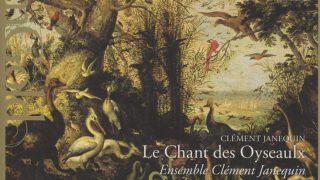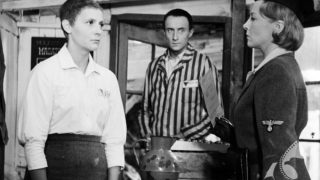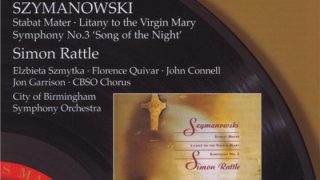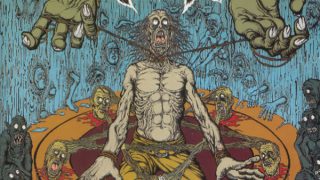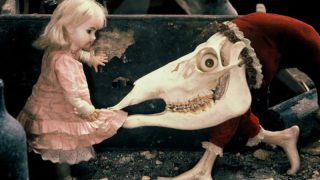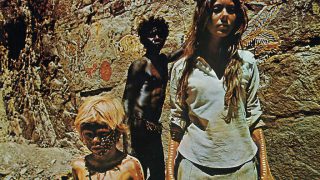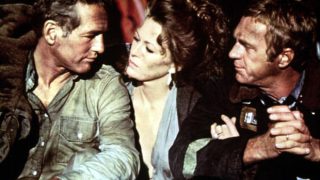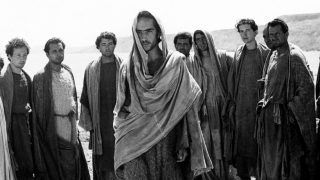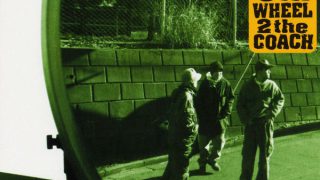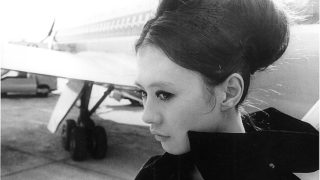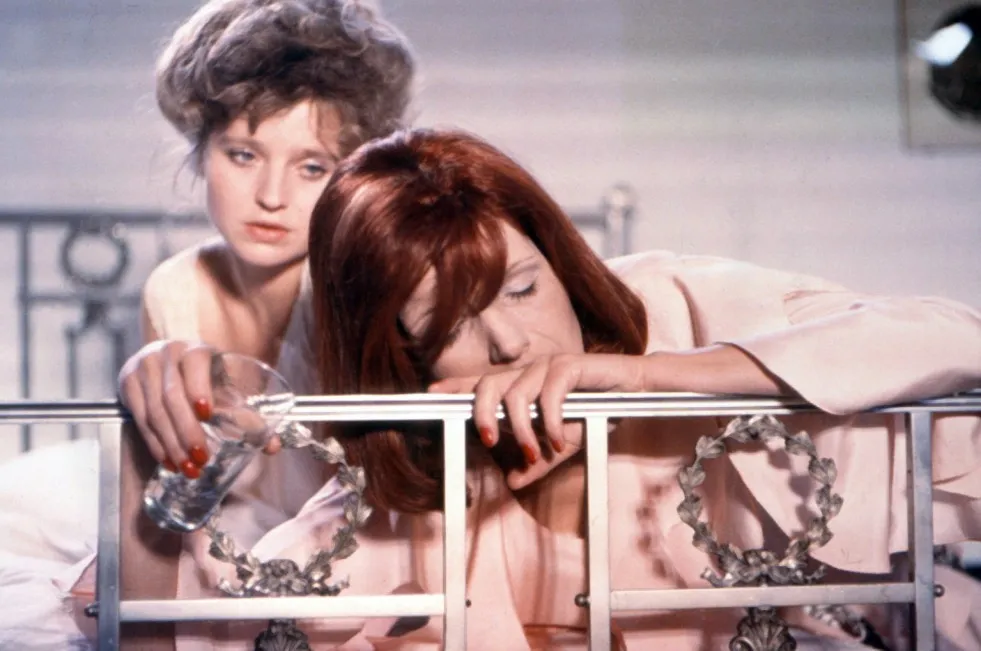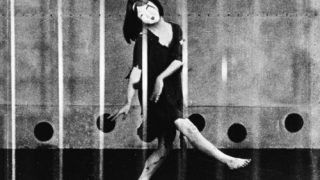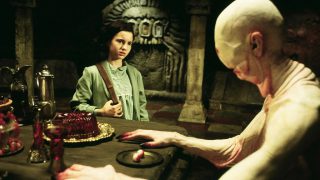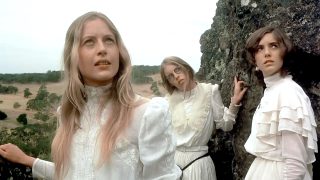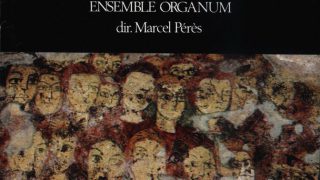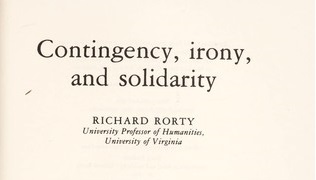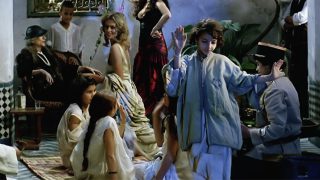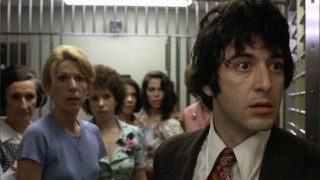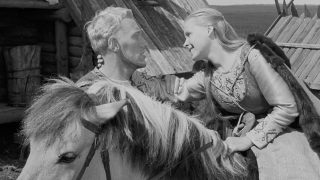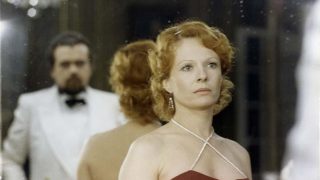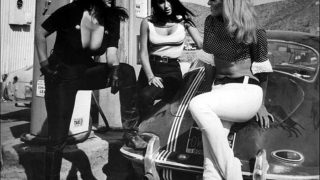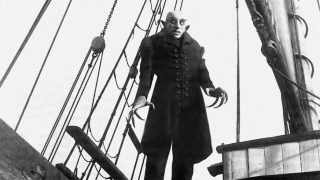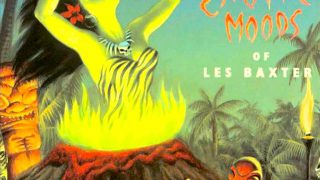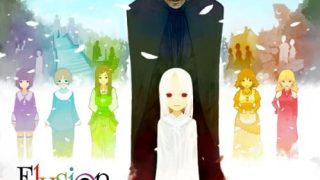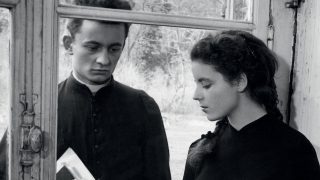Overview
“The Gospel According to St. Matthew (Il vangelo secondo Matteo) is a 1964 Italian film written and directed by Pier Paolo Pasolini. It depicts the life of Jesus of Nazareth based on “The Gospel according to Matthew” of the New Testament. Black & white. The language is Italian. 137 minutes.
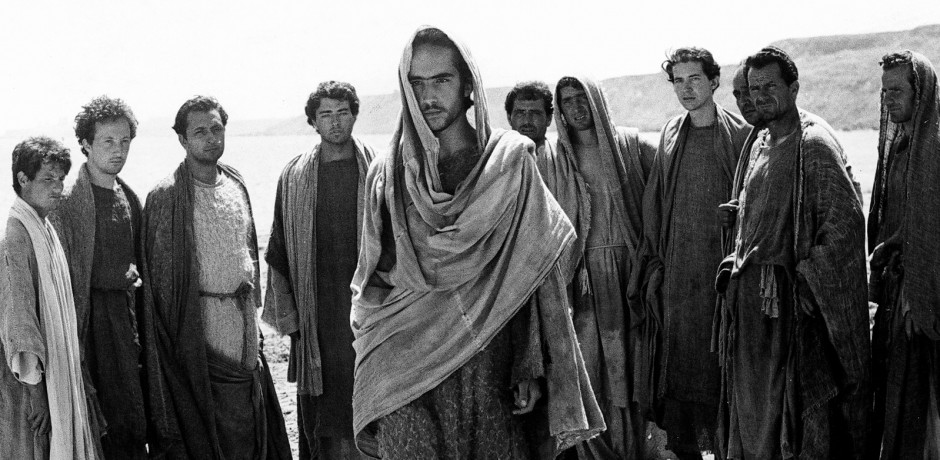
Plot
Joseph of Bethlehem in Judea finds that his fiancée Mary has conceived a child from the Holy Spirit. He marries her and names his son Jesus according to the oracle of the angel of the Lord.
In Jerusalem, Herod the Great is afraid of the birth of the king of the Jews, and he gives orders to kill all the boys in Bethlehem who are two years old and under, but Joseph’s family escapes to Egypt according to the oracle of the angel of the Lord.
After Herod the Great’s death, Joseph’s family comes back to Israel, and Jesus reaches adulthood in Galilee. Jesus is baptized by John the Baptist in the Jordan River.
Jesus fasts for 40 days in the wilderness, resisting the temptation of the devil. Then, he starts preaching.
Jesus makes 12 people his disciples, including Peter and his brother Andrew, who were fishermen, James, who is a son of Zebedee, and his brother John.
Jesus walks through Galilee with his 12 apostles, preaching his doctrine to the crowds and healing the disease of the people. Large crowds follow him.
John the Baptist has been arrested and bound in prison by Herod Antipas, who is the son of Herod the Great. John the Baptist is beheaded at the request of Salome, the daughter of Herod’s wife Herodias and her former husband Philip.
Jesus gives a prediction to his disciples that he must be killed by the elders, the chief priests and the teachers of the law in Jerusalem and be raised to life three days after.
Jesus comes to Jerusalem and enters the temple courts. He disturbs the business of the people who are buying and selling there, brushing their goods off the tables, and says “you are making my house (a house of prayer) a den of robbers”.
Jesus speaks to the crowds and criticizes the hypocrisy of the teachers of the law and the Pharisees.
At the table of the last supper with his apostles, Jesus says “one of you will betray me”.
As Jesus predicted, one of his apostles, Judas Iscariot betrays Jesus to the chief priests in exchange for thirty pieces of silver. Jesus is handed over to Pilate the governor. Judas repents his sins and hangs himself.
Jesus is crucified and is killed in Golgotha.
When Mary, mother of Jesus and the apostles wail in sorrow before the tomb of Jesus, an angel of the Lord appears and says “He has risen from the dead and is going ahead of you into Galilee. There you will see him”.
Commentary
The episodes and dialogues of the film “The Gospel According to St. Matthew” are strictly based on the texts of the Gospel of Matthew.
In the film, Pasolini, who was an atheist and a communist, depicted Jesus of Nazareth as a kind of revolutionary, who rebelled against the society ruled by the ancient Roman Empire and the Jewish authority, by visualizing the texts of the Gospel of Matthew faithfully without canonizing Jesus. Such an image of Jesus is symbolized by his words in the chapter 10 of the Gospel of Matthew: “Do not suppose that I have come to bring peace to the earth. I did not come to bring peace, but a sword”.
The film was made with the techniques of Italian neorealism. The filming techniques like documentary or cinéma vérité were also used.
Most of the actors were non-professionals. Enrique Irazoqui, a student from Spain and a communist activist, acted as Jesus. The rest of the cast were mainly locals from Barile, Matera, and Massafra, where the film was shot. The cast also included noted intellectuals (writers and poets), such as Enzo Siciliano, Alfonso Gatto, Natalia Ginzburg, and Juan Rodolfo Wilcock. Pasolini’s mother Susanna acted as old Mary, mother of Jesus. Philosopher Giorgio Agamben in his youth acted as Philip the Apostle.
The score of the film is composed of the original musical tracks by Argentine-Italian film composer Luis Bacalov and other pieces in a variety of styles, including Bach (“Mass in B minor”, “St Matthew Passion”, “Violin Concerto in E major”), Mozart (“Maurerische Trauermusik”, “Adagio and Fugue in C minor” for strings), Prokofiev’s cantata “Alexander Nevsky”, Anton Webern’s orchestral arrangement of “Fuga (Ricercata) a 6 voci” from Bach’s “Musical Offering”, “Gloria” from “The Missa Luba (an arrangement of the Latin Mass for a Congolese children’s choir), African-American spiritual “Sometimes I Feel Like a Motherless Child” (sung by American folk singer Odetta), Blind Willie Johnson’s gospel blues song “Dark Was the Night, Cold Was the Ground”, and a Russian Marxist and revolutionary funeral march “You Fell Victim to a Fateful Struggle”.
The film won the Special Jury Prize in the 25th Venice International Film Festival (1965).
